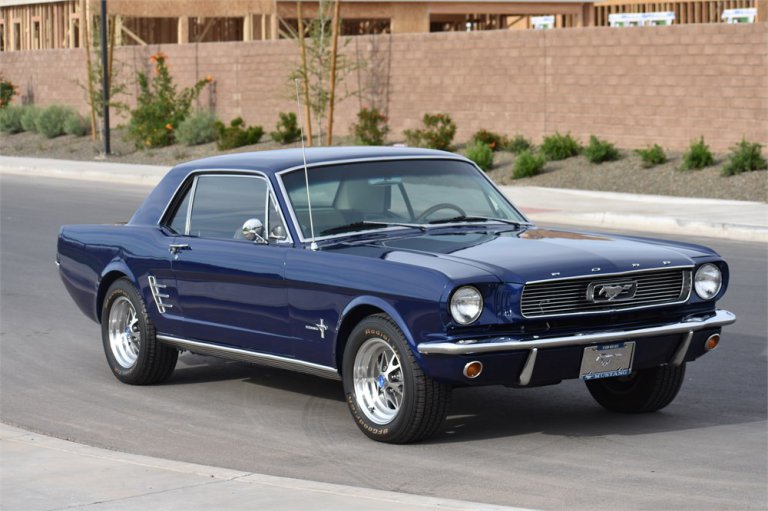Photos can make or break a sale. It’s that simple, especially in today’s often long-distance, online collector car marketplace environment.
Over the last several years, the team at Motorwerks has worked with a huge number of collector car sellers to create print and digital advertisements, more than two dozen auction catalogs, and tens of thousands of ads on online marketplaces. Through all of this, I frequently hear the same series of complaints when things don’t go as planned:
“I have an excellent car. It’s documented, vetted and should bring all the money. Why didn’t it sell/why isn’t my phone ringing?”
Nine times out of ten, the reason is clear — the pictures are horrible.
Sure, photos serve an informative purpose in classified ads, auction catalogs, etc., but the best, most successful auction houses, retailers, and online markets know that they also create mental ownership. Quality images that are aesthetically pleasing elicit emotion and put buyers in a position where they see value.
How inclined are you to assume a car is well taken care of and well-maintained if it’s surrounded by two inches of rock salt or wet gravel and a bunch of nasty, brown snow? If I see this kind of image in an ad, I immediately shake my head and pass it by.
But what if you aren’t a professional photographer? Is all hope lost? Of course not. Obviously, there will always be a difference between the photos produced by a pro with years of experience and expensive equipment and those shot by a seller with a smartphone, but you can take great images if you follow some simple guidelines:
Make sure your vehicle looks as nice as possible
Unless you are trying for that “barn find” look, spider webs, dried-up flies and random hunks of biological debris are not going to increase the value of your collector car.
Simply put, wash your car. This means making sure the paint is as shiny as you can get it, your interior is at minimum loosely detailed and your engine bay doesn’t look like the aftermath of some kind of offshore environmental disaster.
Be aware of your surroundings
One of the most overlooked elements in taking a quality picture is the background.
Visually complex backgrounds, like walls of vines, or rows of trees, look nice, but they tend to cast shadows and reflections. The same can be said for grass. Grass reflects a lot, and it eats into the shape of your tires. Stick to pavement or hard-packed dirt.
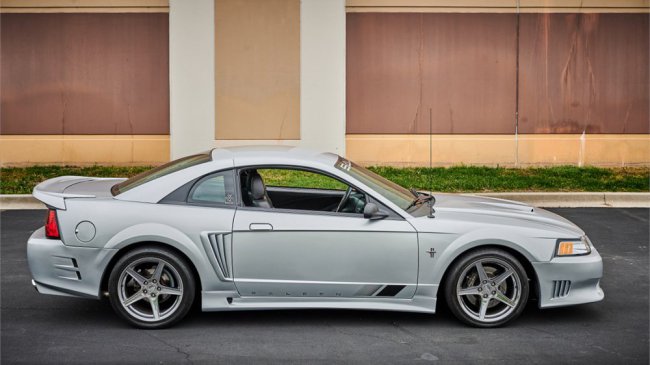
Saleen Mustang

Ford Mustang
What if your car is a concours winner? By all means, include photos of your car on the concours lawn if applicable, but don’t use these as your main images, especially because it’s difficult to keep pictures like that clear of distracting background items like people and signs.
Also make sure your pictures are also free of anything else that may be deemed distracting or undesirable. Unless it demonstrates prominence, avoid including people in your photos.
The car, the whole car, and nothing but the car
For whatever reason, sellers of collector and specialty cars seem to have real difficulty getting entire cars into single shots. I’m all about detail pictures, I’m talking about the ads that have 14 pictures, and none managing to get the car in the frame from bumper to bumper. For the sake of argument, I’m only speaking to exterior shots; as with engine and interior shots, this is not required.
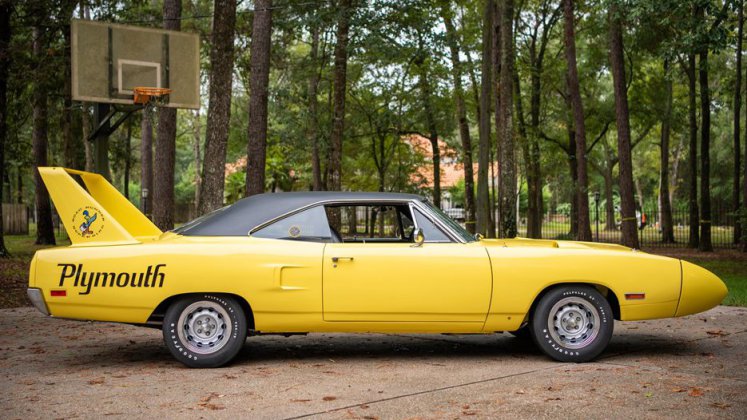
Plymouth Road Runner
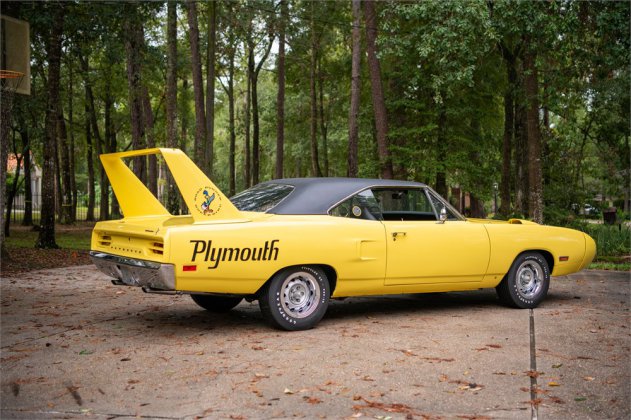
Plymouth Road Runner
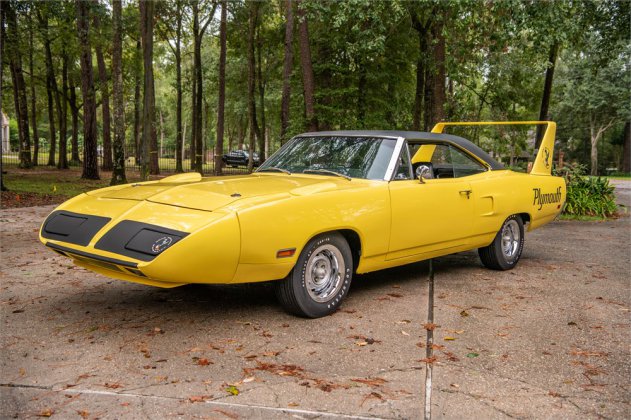
Plymouth Road Runner
Here are the dirty half dozen photo angles (as we refer to them at Motorwerks) that every car ad should always have:
– Front ¾
– Straight on nose shot
– Straight on profile (driver side)
– Straight on profile (passenger side)
– Straight on rear
– Rear ¾
Another commonly overlooked item on this token is the space surrounding the car. Make sure you leave some. Always give your car a decent amount of room to breathe in pictures and send high-resolution pictures that can be cropped if required to create that border-to-border type hero shot you are ultimately trying to accomplish.
Mother nature should be considered
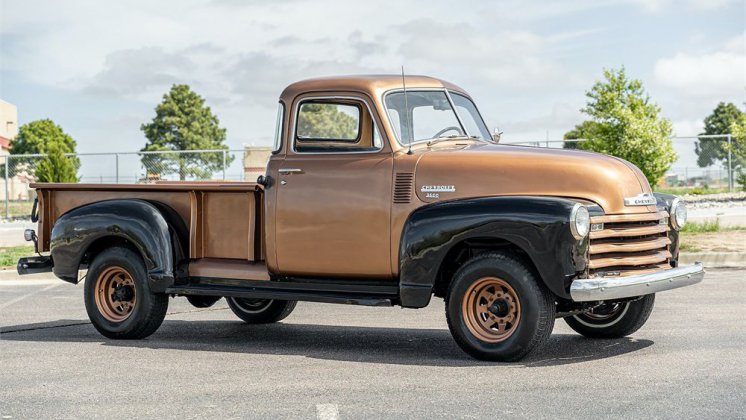
Classic Chevrolet pickup truck
As a rule of thumb, shoot with the sun behind you. The idea is to avoid glare and heavy shadowing. Your best bet is to shoot when the sun is most balanced and least extreme. This means that the ideal times are in the morning before the sun reaches its peak and late in the day when the sun begins to make its exit. Think between the hours of 7:30 a.m. and 9:00 a.m. and then again between approximately 5:00 p.m. and 6:00 p.m. Of course, this depends on the time of year and where you live or work, but these are good basic guidelines to work from.
Quality is king
This one is easy. Don’t shoot low-resolution photos — period. A grainy stretched-out photo that is void of any discernible details helps nobody.
You never want to try and present a collector car in a photo that’s less than 1500 pixels wide and less than 1.5 MB in total size. Many online listing services at this point won’t even accept images smaller than this, so take the time and make sure you aren’t compressing your photos or using a camera that isn’t up to snuff.
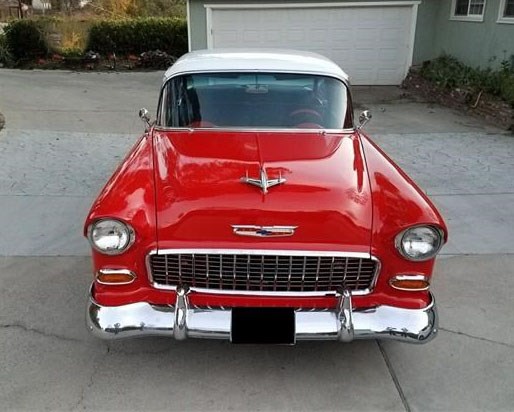
Classic Chevrolet

Classic Chevrolet
Special note for Apple users: Beware of emailing the pictures you take with your Apple devices from your Apple devices. Apple email applications, for whatever reason, compress absolutely everything, especially if you try and paste it into the body of an email. Try and find another way to send if you are an Apple person (I suggest Dropbox, Gmail, WeTransfer or one of Apple’s third-party applications).
Get low
You want to create photos that are versatile, yet at the same time, make your car look awesome. This is accomplished by shooting from the ground up with your wheels pointed in an aesthetically pleasing direction.
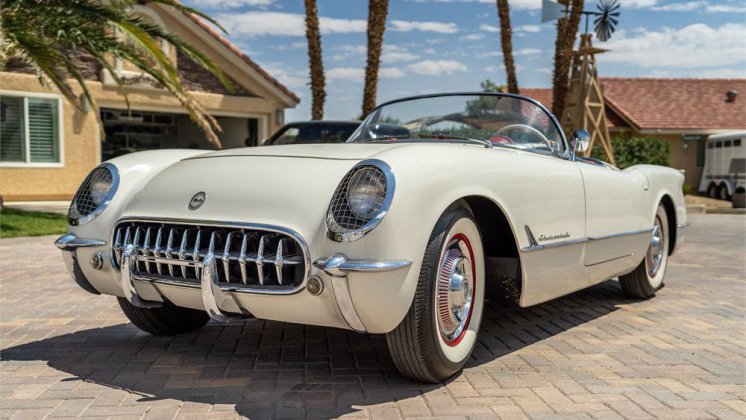
Chevrolet Corvette
Pseudo street-level angles, especially on your front ¾, rear, ¾, profile and nose shots just all-around look so much better. Not only does it look way better than some half-crooked shot taken facing downward from the center of your chest, but they are also dramatically more usable from an advertising standpoint.
Take the time and concentrate on how the angles of your photos will be perceived. It really does matter.
This article, written by Darin Roberge, was originally published on ClassicCars.com, an editorial partner of Motor Authority.
